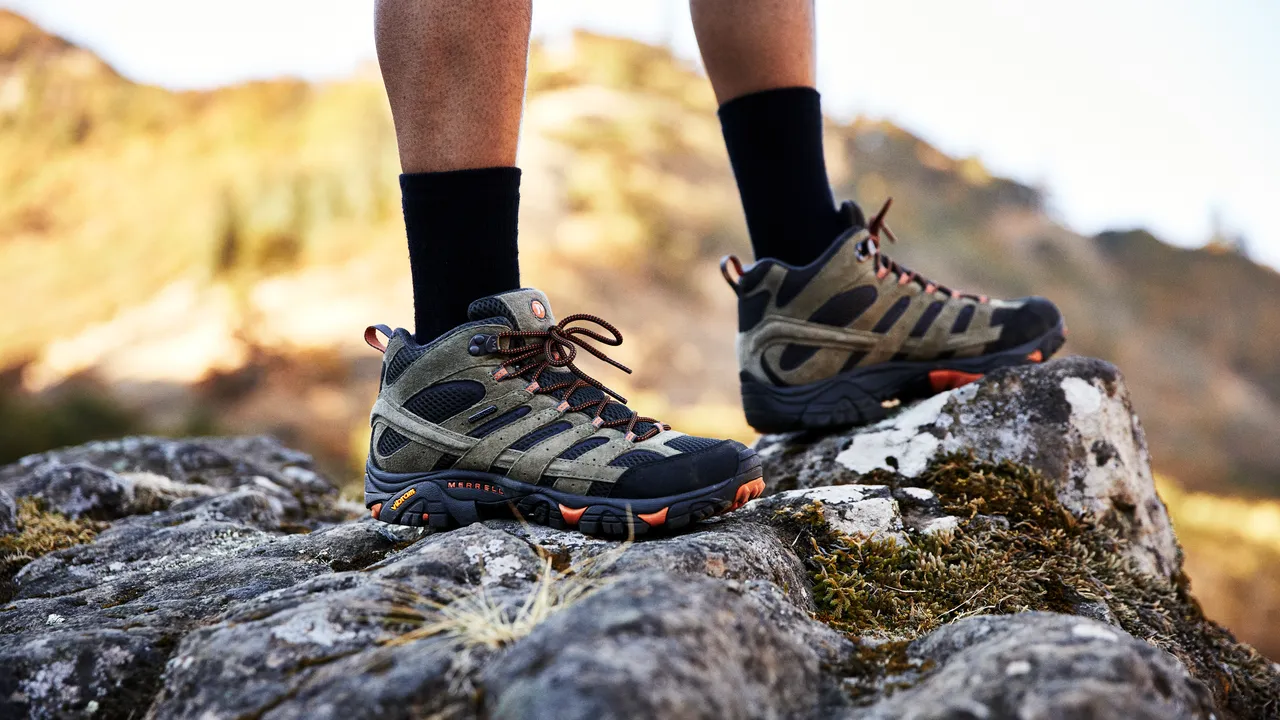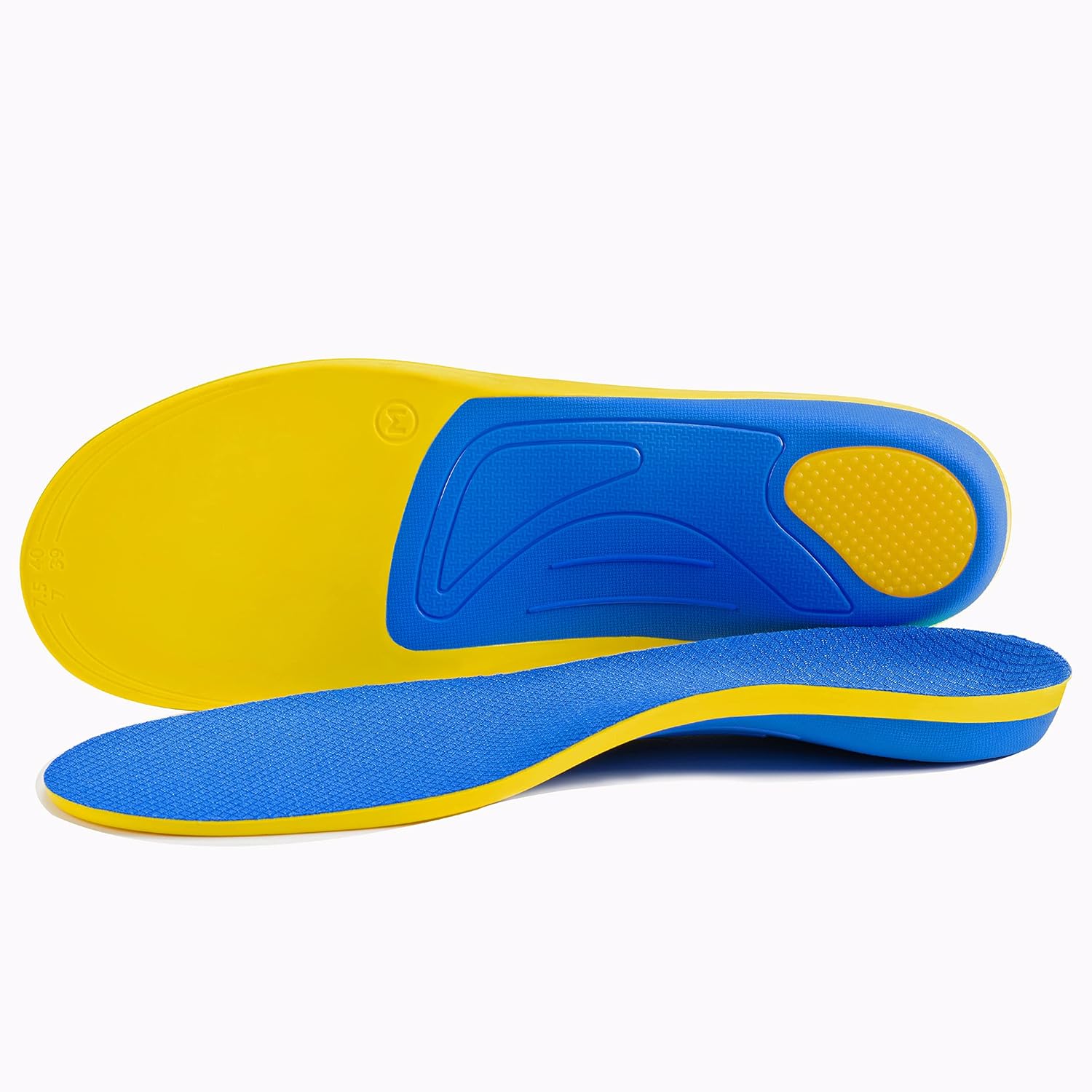Discover effective strategies for managing heel spurs, from understanding their causes to exploring innovative treatments. Dive into our guide for insights on prevention and relief, ensuring a pain-free step towards better foot health.
Introduction
Heel spurs aren’t merely a discomfort; they’re a significant barrier to your daily joy and mobility. Picture enduring sharp, persistent pain with each step due to bony growths beneath your heel bone. Yet, there’s a silver lining. Our comprehensive guide sheds light on heel spurs, from their origins to cutting-edge treatments, offering you a roadmap to a life devoid of pain. Whether you’re confronting symptoms directly or aiming for prevention, we’re here to support your journey to recovery.
Table of Contents
Understanding Heel Spurs
Heel spurs are a prevalent foot ailment that can significantly impact daily comfort and mobility, diminishing overall quality of life. These bony protrusions, also known as calcifications, form along the underside of the heel bone, becoming a persistent source of discomfort.

Understanding the intricate interplay of factors contributing to heel spur development is essential for both those currently experiencing symptoms and individuals proactively seeking prevention strategies.
What Triggers Heel Spurs?
Heel spurs typically emerge as a consequence of prolonged local inflammation at the junction of soft-tissue tendons or fascia in the region. This inflammation may stem from various origins:
Strain and Overuse
Engaging regularly in high-impact activities like running, jogging, or repetitive jumping can precipitate the onset of heel spurs. These actions subject the heel bone and surrounding tissues to repetitive stress, prompting the body to respond by depositing calcium in the affected area, eventually forming a spur.
Plantar Fasciitis
A common comorbidity associated with heel spurs is plantar fasciitis, characterized by inflammation of the plantar fascia—a resilient band of tissue spanning the underside of the foot, linking the heel bone to the toes, and providing crucial arch support. Overstretching or inflammation of the plantar fascia may provoke heel spur formation as the body endeavors to fortify the region.

Foot Biomechanics and Footwear
Individuals with abnormal walking mechanics, flat feet, or high arches face heightened susceptibility to developing heel spurs. Furthermore, wearing ill-fitting or worn-out footwear lacking adequate foot support can exacerbate the condition.

Symptoms of Heel Spurs: What to Watch Out For
Heel spurs don’t always announce their presence with blaring alarms. In fact, some folks might not even feel a twinge. But for those who do, the symptoms can vary from a mild annoyance to a real foot-fiasco. Here’s what you might experience:
Heel Pain That Packs a Punch
The hallmark of heel spurs is an intense, sharp pain in the heel, often likened to a knife stabbing the foot. This pain is notoriously worse during the first steps after waking up or after long periods of sitting, making mornings and breaks during the day a dreaded affair.

When Pain Progresses
Initially, you might find some relief as you move around and get the blood flowing, but don’t be fooled. Without addressing the root cause, this pain can stubbornly plant itself as a constant companion, no longer fading with activity or rest.
Swelling and Inflammation
A Visible Struggle
One look at the heel might reveal swelling and redness, the body’s battle flags against the spur. This swelling isn’t just for show; it signifies the body’s efforts to protect and heal, though it often brings discomfort along for the ride.

The Tender Touch
The area around a heel spur can become so tender that even the slightest pressure feels like too much. This sensitivity is a direct consequence of the inflammation, making even soft touches or slight weight unbearable.
Warmth
Touch the area around a heel spur, and you might be surprised by its warmth. This isn’t a sign of cozy comfort but an alarm bell of inflammation, signaling increased blood flow as the body rushes to repair the perceived injury.
Similarity to Plantar Fasciitis Symptoms
A Diagnostic Puzzle
Heel spurs and plantar fasciitis share a symptom checklist, making it a challenge to tell them apart without a professional’s insight. Both can turn every step into a painful reminder of the condition lurking below the surface.

The Importance of Professional Insight
Distinguishing between these two conditions requires more than a cursory glance. Healthcare providers may turn to physical exams, a thorough medical history, and imaging tests like X-rays to pinpoint the problem, ensuring that the treatment plan is as tailored as your shoes.
Navigating the world with heel spurs can be a journey filled with ups and downs. Recognizing these symptoms early on and seeking professional advice is crucial in turning the tide, allowing for effective management and a return to the joys of pain-free movement. If you suspect heel spurs are the culprits behind your discomfort, don’t hesitate to reach out to a healthcare professional. Together, you can step towards a solution and reclaim the comfort in your stride.
Treatment Options
Navigating the path to relief from heel spurs involves a comprehensive strategy that not only aims to soothe the immediate discomfort but also addresses the underlying causes to ward off future issues. Let’s delve into the array of treatment avenues and preventive tactics available for those grappling with heel spurs:
Starting with the Basics: Conservative Approaches
The Power of Pause and Chill
Embarking on the journey to recovery often begins with scaling back on activities that aggravate the pain. Complement this with the application of ice to the afflicted area to dial down swelling and inflammation. Employ ice packs for about 15-20 minutes at a stretch, several times throughout the day, particularly after any activity that seems to stir up discomfort.
Over-the-Counter Allies
Pain relievers like ibuprofen or naproxen emerge as valuable allies in this battle, offering respite from pain and inflammation. It’s crucial to adhere to the recommended dosages or follow a healthcare professional’s guidance to navigate this aspect safely.
The Role of Stretching and Physical Therapy
Tailored exercises aimed at stretching the plantar fascia and Achilles tendon, alongside strengthening the lower leg muscles, can significantly mitigate pressure on the heel spur, ushering in relief. Engaging with a physical therapist can ensure these exercises are executed with precision, maximizing their effectiveness.
Orthotic Support: A Step Towards Comfort
The Cushioning Effect of Shoe Inserts
Whether it’s custom-fitted orthotic devices prescribed by a foot specialist or over-the-counter options, shoe inserts stand out by offering the much-needed support for the foot’s arch and a cushion for the heel. These ingenious devices are designed to redistribute pressure away from the heel spur and rectify any abnormal gait patterns that could aggravate the condition.

Medical Treatments
The Relief Brought by Corticosteroid Injections
For those instances where the pain stubbornly persists despite conservative measures, corticosteroid injections into the affected area can be a game-changer, offering a reprieve from inflammation and discomfort. It’s worth noting, though, that this option is typically explored only after other non-invasive avenues have been exhausted, given the potential for side effects.
Considering Surgery as a Last Resort
When Surgery Becomes an Option
In the rare scenario where non-surgical methods fall short of providing relief and the heel spur significantly hampers daily life, surgical intervention might be on the cards. Options could include the removal of the heel spur or loosening the plantar fascia. Opting for surgery is a significant decision, one that necessitates a thorough discussion with a healthcare provider to weigh the potential risks and benefits.
Embracing Prevention: Steps to Shield Your Heels
The Foundation: Supportive Footwear
The journey to preventing heel spurs begins at your feet—quite literally—with the choice of footwear. Opt for shoes that offer robust arch support, ample cushioning, and a snug, comfortable fit to diminish the risk of heel spur formation. High heels and flimsy shoes with scant support are best avoided, especially for those who are on their feet for extended periods.
Choosing Kindness: Low-Impact Exercise
Tweaking your workout regimen to favor low-impact activities can significantly shield your heels from undue stress. Embrace swimming and cycling as gentler alternatives to the high-impact nature of running and jumping, offering your feet a respite while keeping your fitness goals on track.
The Weight Factor: A Balanced Approach
An overlooked yet crucial aspect of preventing heel spurs is managing body weight. Excess weight can burden your feet, paving the way for heel spurs. A balanced diet coupled with a consistent exercise routine can be your best defense, helping to alleviate foot strain and foster overall well-being.
Flexibility is Key: Regular Stretching
Incorporating daily stretches for your calf muscles, Achilles tendon, and plantar fascia can work wonders in enhancing flexibility and reducing foot tension. This simple yet effective practice can significantly lower the risk of encountering heel spurs, ensuring your feet remain supple and less prone to injury.

By weaving these preventative measures into the fabric of your daily life, you can effectively guard against heel spurs, ensuring your steps remain light, pain-free, and propelled towards a future of improved foot health and enhanced mobility.
| Arch Support |
| Arch Supports |
| Best Arch Support Insoles |
| Best Insole for Plantar Fasciitis |
| Insole for Flat Feet |
FAQ
Q: What exactly are heel spurs?
A: Heel spurs are bony growths on the underside of the heel bone, often associated with plantar fasciitis, leading to discomfort and pain.
Q: How can I tell if I have heel spurs?
A: Symptoms include sharp heel pain, especially upon waking up or after long periods of rest, swelling, and tenderness in the heel area.
Q: What causes heel spurs?
A: Factors include strain from physical activities, plantar fasciitis, abnormal foot mechanics, and unsupportive footwear.
Q: Are there effective treatments for heel spurs?
A: Yes, treatments range from conservative methods like rest and ice application to medical interventions such as corticosteroid injections and, in rare cases, surgery.
Q: Can heel spurs be prevented?
A: Absolutely. Wearing supportive footwear, engaging in low-impact exercises, maintaining a healthy weight, and regular stretching can significantly reduce the risk.
Conclusion
Navigating the complexities of heel spurs requires a blend of knowledge, proactive measures, and sometimes, medical intervention. By understanding the causes, recognizing the symptoms early, and adopting effective treatment and prevention strategies, you can ensure your steps are not only pain-free but also a stride towards optimal foot health. Embrace the journey with confidence, knowing that relief and recovery are well within reach.










